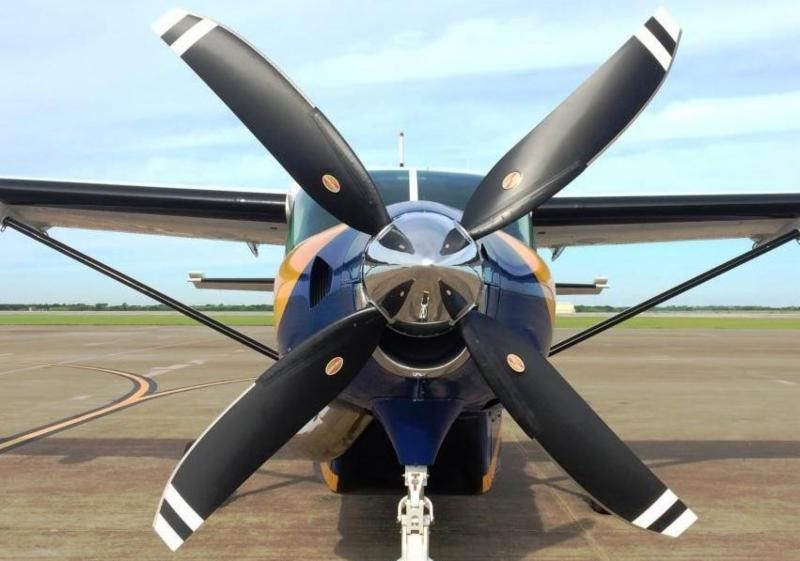
One of the most important phases of flying occurs before an aircraft ever leaves the ground: the preflight inspection. At best, missing an item on a preflight checklist can be an embarrassing blunder. At worst, it can have dangerous or even fatal consequences for pilots and passengers and lead to accidents that might otherwise be preventable.
Whether it’s the result of poor training or pilot complacency, preflight mistakes can happen to anyone. Watch out for these commonly overlooked items during your next preflight:
Verify fuel quantity and sample for contamination
Fuel starvation is among the most common factors of general aviation accidents and incidents. In fact, the NTSB recently released a report stating that better fuel management could prevent about 50 general aviation accidents each year. Don’t rely on fuel quantity gauges alone; make sure you always visually confirm the amount of fuel in the tanks as part of your preflight check to prevent fuel-related emergencies. It’s also important to sample your fuel before flight to check for water, debris, and other contaminants. Finally, be sure to check the fuel filler caps to avoid fuel leakage from the top of the wing during flight.
Check the landing gear
Inspecting the landing gear is an essential part of the preflight inspection. Take time to ensure your tires are properly inflated and carefully examine them for cuts, bulges, and irregularities in the tread. Exposure to extremely cold or warm weather can cause damage to tires that isn’t always visible to the naked eye. You should also check that the brake pads are in good condition and be certain there are no signs of brake fluid leaks.
Inspect the propeller
Before and after any flight, take a few minutes to inspect your aircraft propeller. Start by visually inspecting the prop to ensure there are no signs of nicks, gouges, cracks in the spinner dome, blade “wobble,” missing hardware or erosion. If you have a structural composite propeller, the signs of damage or erosion can be less obvious. Hartzell Propeller has a detailed video tutorial to help pilots conduct a proper pre-flight inspection of composite propellers. If you do notice any damage to your propeller during the preflight inspection, make sure an expert addresses these issues before you fly.
Remove tie-downs, wheel chocks, and/or tow-bar
A proper preflight inspection takes time. If you attempt to rush through the preflight or become distracted midway through the checklist, it’s easy to make embarrassing mistakes such as starting up with tie-down ropes still attached or leaving wheel chocks in place. Some pilots have even taken off with a tow bar attached, which is not only embarrassing but can also cause extensive damage to the aircraft. Take your time and avoid the temptation to rush through the preflight inspection. If you do get distracted or interrupted part of the way through your checklist, restart the section from the beginning to ensure you don’t overlook any important items.
Secure all doors
Failing to secure doors is another common preflight error. In addition to closing cabin doors, be certain that baggage compartments and other doors are properly secured before takeoff. Pop-opens during flight can be dangerously distracting and it’s common for pilots to lose their concentration on flying the airplane while attempting to close a door. Be sure all doors are closed, latched, and locked before flight and remember that the pilot’s number one job is to fly the airplane, no matter what. Many times, an open door is not an immediate danger and can be solved by finding the nearest airport and landing safely.
Taking the time to conduct a careful preflight inspection is an essential component of flight safety. Resist the urge to hurry through your checklist or become complacent in your preflight routine. When you preflight properly, you’ll experience better peace of mind and avoid making potentially dangerous mistakes.